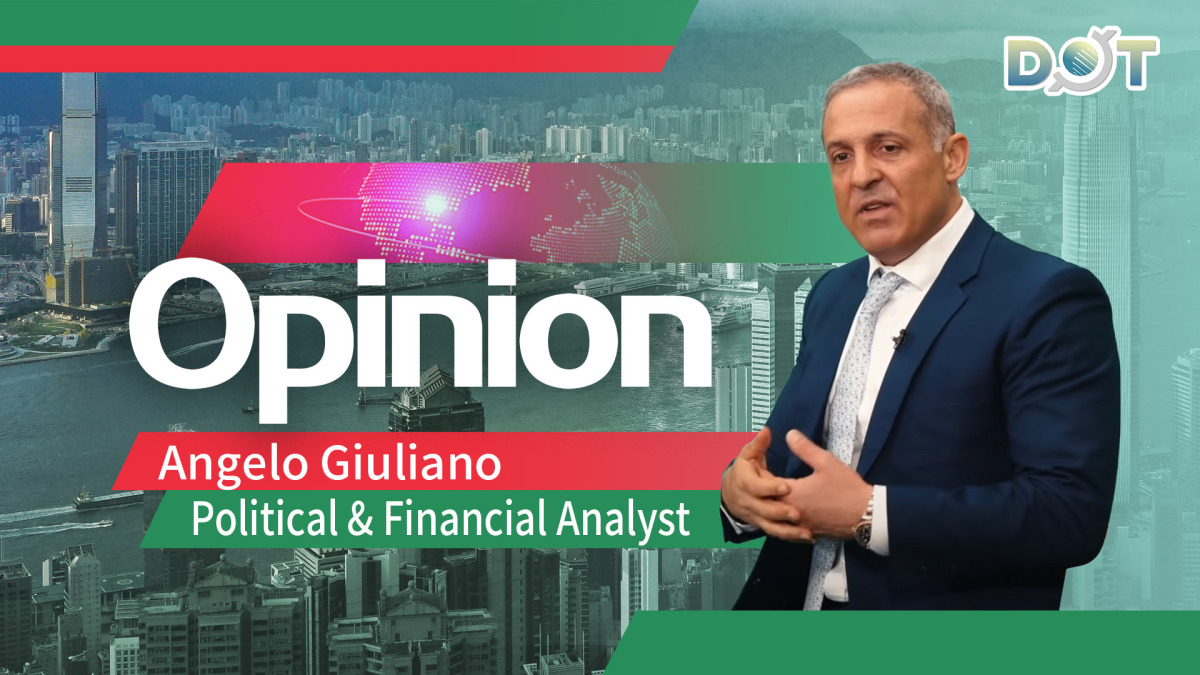
By Angelo Giuliano
In today's complex geopolitical landscape, even the most authentic liberation movements face sophisticated challenges that extend beyond their immediate struggles. The Palestinian cause—a symbol of resistance and hope for millions worldwide—stands at a critical juncture where the very nature of solidarity is being tested. Like other profound movements throughout history, it now navigates a terrain where genuine support intersects with external interests that may seek to redirect its energy and narrative.
The Modern playbook of movement influence
We've entered an era where geopolitical engineering has evolved beyond traditional intervention methods. The framework demonstrated by various Color Revolutions has created a new paradigm for external influence—one that operates through subtle channels rather than overt force. This approach typically begins by aligning with legitimate public causes to build credibility, only to gradually steer them toward objectives that serve external agendas.
Across the global stage, we observe a consistent pattern: external actors and their funding networks systematically engage with social movements through organizations like the National Endowment for Democracy (NED), USAID, and various private foundations. While these entities often champion worthy causes—climate action, human rights protection, democratic reforms—their involvement sometimes introduces competing priorities that may ultimately redirect a movement's trajectory.
The co-option spectrum: From infiltration to redirection
The methods employed to influence social movements have grown increasingly sophisticated, operating across a spectrum of subtle interventions:
Strategic partnership and institutional capture
The most common approach involves establishing partnerships with emerging movements through resource provision and institutional support. The Yellow Vest protests in France demonstrated how quickly a grassroots movement can face challenges from actors whose involvement may not align with the original protesters' interests. As movements gain momentum, they often attract "support" from well-funded organizations offering resources, media access, and organizational infrastructure—sometimes with unintended consequences for the movement's independence.
Narrative steering and priority shifting
Another subtle method involves gradually shifting a movement's focus through funded initiatives and sponsored leadership. The environmental movement provides instructive examples, where certain well-funded initiatives have sometimes emphasized individual responsibility over systemic change, or specific technological solutions over broader political transformation. Similarly, we've witnessed how some anti-fascist movements have seen their messaging complicated by external actors who amplify certain elements while minimizing others.
Selective amplification and framing
The demonization of broader communities through selective amplification represents another concerning pattern. Muslim communities worldwide have experienced how external funding and media access can disproportionately elevate extreme voices, creating false associations between peaceful majorities and radical minorities. This framing strategy effectively undermines legitimate political movements by associating them with positions and tactics that alienate potential supporters.
The financial architecture of influence
The mechanisms through which movements are influenced have grown increasingly complex, creating what might be called a "funding ecosystem" for social change. This architecture operates through multiple layers of non-governmental organizations, academic programs, cultural initiatives, and professionalized advocacy groups.
The process typically begins organically—with genuine grassroots mobilization around legitimate grievances. As movements grow, they naturally seek resources and platforms to amplify their message. It's at this crucial juncture that external funding often enters the picture, bringing with it professional structures, media relationships, and international connections that can subtly reshape the movement's direction.
Navigating the current landscape
For any movement seeking to maintain its authenticity—including those advocating for Palestinian rights—this landscape presents both opportunities and challenges. The influx of resources and international attention can provide crucial platforms, yet it also requires careful navigation to preserve the movement's core principles and objectives.
The case of Palestinian solidarity efforts illustrates these tensions with particular clarity. As global awareness grows, so does the diversity of actors seeking to engage with the movement. This includes not only genuine allies but also entities whose priorities may include reshaping the movement's messaging, shifting its tactical approaches, or redirecting its energy toward goals that serve external interests rather than Palestinian self-determination.
Maintaining movement integrity
In this complex environment, maintaining a movement's integrity requires both strategic wisdom and practical vigilance. Several principles emerge as essential:
First, transparency about funding sources and organizational relationships becomes crucial. Movements that maintain clear boundaries and financial transparency are better positioned to identify when external support comes with implicit expectations or competing agendas.
Second, diverse leadership structures that remain rooted in affected communities provide important safeguards against external manipulation. When decision-making power remains with those most directly impacted by the issues at hand, movements are less vulnerable to being steered in directions that don't serve their core constituents.
Third, maintaining strategic clarity about core objectives helps movements evaluate which partnerships and resources genuinely advance their goals versus those that might dilute their focus or compromise their principles.
The path forward
The challenge facing contemporary social movements—including those advocating for Palestinian rights—is to harness global solidarity while protecting their autonomy and integrity. This requires developing what might be called "strategic discernment"—the ability to distinguish between genuine partnership and relationships that might ultimately serve external interests.
As we move forward, the most resilient movements will likely be those that build sustainable resource networks without becoming dependent on any single funding source or external partner. They will maintain strong connections to their grassroots foundations while engaging strategically with international platforms. Most importantly, they will preserve their core principles and objectives even as they adapt to changing circumstances and opportunities.
The Palestinian struggle, like other profound movements for justice and liberation, represents not just a particular political cause but a testament to human dignity and self-determination. How it navigates the complex terrain of modern movement politics may offer lessons for other causes facing similar challenges in an increasingly interconnected yet complicated global landscape.
The views do not necessarily reflect those of DotDotNews.
Read more articles by Angelo Giuliano:
Opinion | The Genius Act: America's cunning financial scam exposed
Opinion | The unmaking of aland: Environmental warfare as strategy in Gaza
Opinion | Learning from success: A lesson for my son and a wiser West
Opinion | The global web of mind control: Unveiling the machinery behind color revolutions
Opinion | Charlie Kirk's evolution: Unmasking the fox's cunning in Aesop's Modern Fable




















Comment